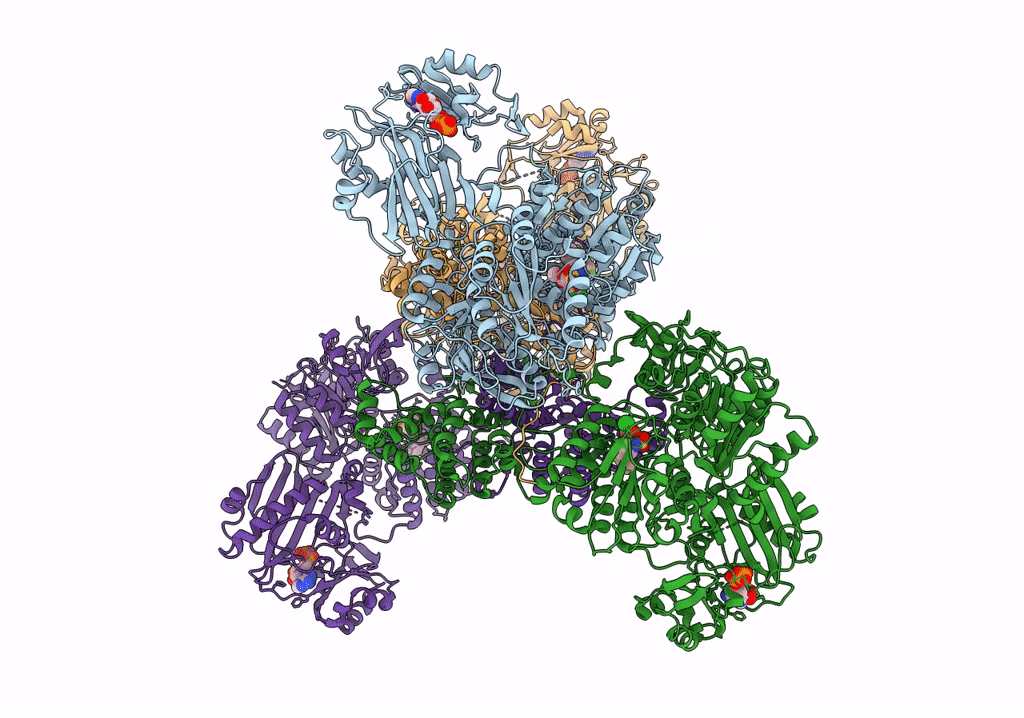
Deposition Date
2019-02-16
Release Date
2019-04-17
Last Version Date
2024-03-20
Entry Detail
PDB ID:
6O0H
Keywords:
Title:
Cryo-EM structure of human ATP-citrate lyase in complex with inhibitor NDI-091143
Biological Source:
Source Organism:
Homo sapiens (Taxon ID: 9606)
Host Organism:
Method Details:
Experimental Method:
Resolution:
3.67 Å
Aggregation State:
PARTICLE
Reconstruction Method:
SINGLE PARTICLE


